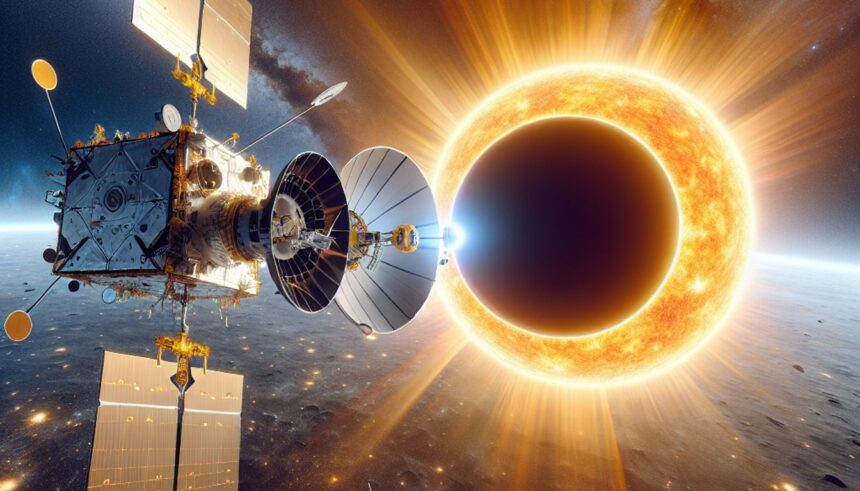In the realm of space technology and exploration, a historic collaboration is unfolding between the European Space Agency (ESA) and the Indian Space Research Organisation (ISRO). The upcoming satellite launch of Proba-3, a mission dedicated to simulating an ‘artificial solar eclipse’, is stirring excitement and curiosity worldwide. This initiative is not only a testament to the advancements in space mission technology but also highlights a unique approach to solar observation.
The Genesis of Proba-3
The concept of an artificial solar eclipse is at the heart of the Proba-3 mission. Unlike natural eclipses, this phenomenon will be engineered by two separate spacecraft working in unison, which will precisely align to obscure the sun and allow detailed observations of its corona. The primary purpose of this mission is to study the dynamic properties of solar corona, offering insights that could not be easily obtained through ground-based observations or during natural eclipses.
ESA and ISRO: A Strategic Partnership
The collaboration between ESA and ISRO in deploying the Proba-3 underscores the global nature of space exploration today. ISRO’s expertise in cost-effective satellite launches combined with ESA’s advanced technology creates a synergy that enhances the capabilities of both organizations. Scheduled for launch from the Satish Dhawan Space Centre, this mission represents a significant milestone for international cooperation in space technology.
Technological Marvels of Proba-3
Delving into the technologies behind Proba-3, the mission features two spacecraft: one acting as an occluder and the other housing scientific instruments. This formation flying is a technological marvel, requiring extreme precision in control systems and orbital mechanics. The ability to maintain this configuration with high precision over extended periods is crucial for the success of the mission and brings forth new challenges and opportunities in space system design.
Implications for Solar Science
The Proba-3 mission’s focus on the solar corona has profound implications for both fundamental science and practical applications. By analyzing the corona, scientists hope to learn more about solar winds and magnetic storms that can impact satellite communications and power grids on Earth. This mission could lead to better prediction models for solar weather events, potentially mitigating their adverse effects on our planet’s technological infrastructure.
Future Prospects of Collaborative Space Missions
The joint venture of Proba-3 might pave the way for future collaborative projects between ESA and ISRO or other international space agencies. The success of such missions not only advances scientific knowledge but also fosters a spirit of cooperation that transcends geopolitical boundaries. Engaging in these partnerships allows for shared risks, reduced costs, and the pooling of both technological and intellectual resources.
Educational and Inspirational Impact
Beyond the scientific and technological outcomes, projects like Proba-3 serve as a powerful educational tool and a source of inspiration. They highlight the importance of curiosity, perseverance, and the spirit of exploration that characterize the field of space science. For aspiring scientists, engineers, and astronomers, Proba-3 illustrates the tangible results of international teamwork and the endless possibilities that space exploration presents.
In conclusion, Proba-3 is not only a mission to study the sun but a beacon of international collaboration, engineering excellence, and scientific curiosity. As ESA and ISRO continue to work towards its successful launch, the entire world watches with bated breath, eager to see what new knowledge the future will unveil about our closest star and the broader universe.







